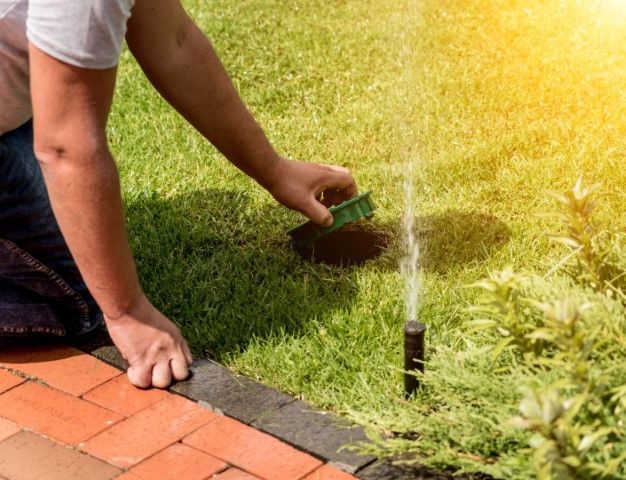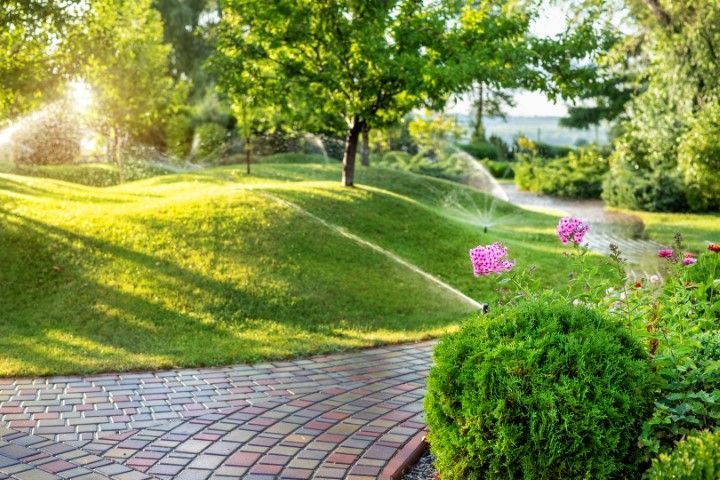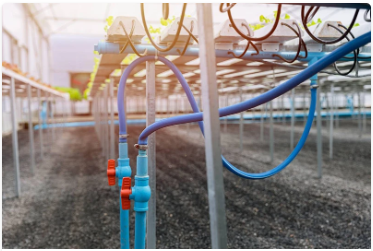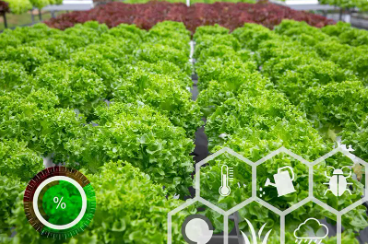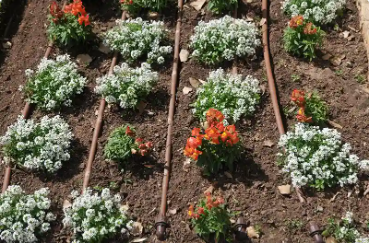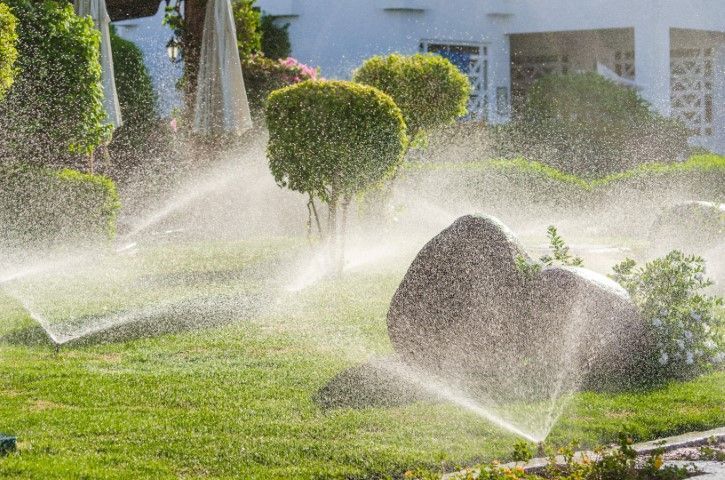Green Your Thumb: Advanced Sprinkler Systems for Thriving Gardens - SPRINKLER SYSTEMS OF SANANTONIO
Green Your Thumb: Advanced Sprinkler Systems for Thriving Gardens
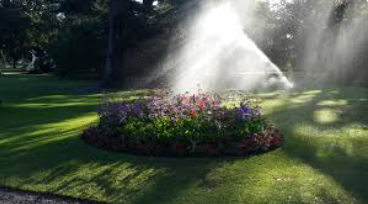
In the realm of modern gardening, advanced sprinkler systems are transforming how we nurture our green spaces. By employing smart irrigation technology, these systems allow for precise water management tailored to the individual needs of each plant. Customizable schedules and eco-friendly options such as drip irrigation minimize water waste and promote robust plant growth. Integration with soil moisture sensors and real-time weather data further enhances efficiency, making sustainable gardening more attainable than ever. As we explore the intricacies of installation, maintenance, and troubleshooting, the benefits of these innovations become increasingly apparent.
Smart Irrigation Technology
Smart irrigation technology integrates advanced sensors, weather data, and automated controls to optimize water usage in garden sprinkler systems, ensuring efficient and sustainable plant care. Central to this technology is sensor integration, which involves embedding soil moisture sensors throughout the garden. These sensors measure the volumetric water content in the soil, providing real-time data on its moisture levels. By continuously monitoring this parameter, the system can make precise adjustments to watering schedules, ensuring plants receive the ideal amount of water without over-irrigation or under-irrigation.
Moreover, moisture monitoring is complemented by the integration of weather data. By accessing local weather forecasts and conditions, the system can predict when rainfall will occur and adjust the irrigation schedule accordingly. This prevents unnecessary watering during wet weather, conserving water resources. The automated controls act on the data collected from the sensors and weather inputs, dynamically regulating water flow and distribution. This meticulous approach ensures that each plant’s specific hydration needs are met, promoting optimal growth and health.
Customizable Watering Schedules
Leveraging the insights gained from sensor data and weather forecasts, customizable watering schedules can be tailored to meet the specific hydration requirements of different plant species and garden zones. This advanced approach ensures that each plant receives the optimal amount of water needed for its growth and health. By integrating weather-based adjustments, these systems can dynamically alter watering routines in response to real-time climatic conditions, such as rainfall, humidity, and temperature fluctuations.
For instance, drought-tolerant plants like succulents require less frequent watering compared to moisture-loving species like ferns. Customizable schedules allow gardeners to set distinct irrigation patterns that align with plant-specific requirements, thereby preventing overwatering or underwatering. This precision is achieved through the use of soil moisture sensors, which continuously monitor the hydration levels and trigger irrigation only when necessary.
Additionally, garden zones with varying sunlight exposure and soil types can be individually managed to ensure consistent and appropriate moisture levels. By considering these diverse factors, customizable watering schedules not only promote healthier plant growth but also enhance water-use efficiency. This scientifically informed method underscores the critical role of tailored irrigation in sustainable garden management.
Eco-Friendly Sprinkler Options
Incorporating eco-friendly sprinkler options into garden irrigation systems not only conserves water but also contributes to the sustainability of plant ecosystems. One of the most effective methods in this regard is drip irrigation. This system delivers water directly to the root zones of plants, minimizing evaporation and runoff. By applying water slowly and precisely, drip irrigation ensures that plants receive the moisture they need without wastage, which is crucial for maintaining soil health and optimizing plant growth.
Rain sensors are another vital component of eco-friendly sprinkler systems. These devices detect rainfall and automatically adjust the irrigation schedule to prevent overwatering. By integrating rain sensors, gardeners can significantly reduce water consumption during rainy periods, ensuring that plants are not subjected to water stress or root rot. This adaptive approach not only conserves water but also maintains the natural hydrological balance of the garden ecosystem.
When selecting eco-friendly sprinkler options, it is essential to consider the specific water needs of different plant species. Tailoring the irrigation system to accommodate these requirements can lead to healthier, more resilient gardens. Employing technologies like drip irrigation and rain sensors represents a commitment to environmental stewardship and sustainable gardening practices.
Installation and Setup Tips
To ensure optimal performance and efficiency of your advanced sprinkler system, begin by thoroughly assessing the garden layout and soil composition before proceeding with the installation. Understanding the garden’s topography and plant needs will guide you in designing an effective pipe layout. Position pipes to ensure even water distribution, taking into account the specific water requirements of different plant species. Clay soils, which retain water, may need less frequent watering compared to sandy soils, which drain quickly.
After mapping the pipe layout, focus on pressure adjustment to maintain consistent water flow across the system. High pressure can damage plants and cause water wastage, while low pressure may result in insufficient irrigation. Use a pressure regulator to stabilize water flow, ensuring each sprinkler head operates within the optimal pressure range specified by the manufacturer.
Install backflow preventers to protect the water supply from contamination, and ensure that all connections are securely tightened to avoid leaks. Test the system by running it through a full cycle, observing each sprinkler’s coverage, and making necessary adjustments. Proper installation and setup are crucial for creating a sustainable, thriving garden that conserves water and supports plant health.
Maintenance and Troubleshooting
Proper maintenance and timely troubleshooting of your advanced sprinkler system are paramount to ensuring its long-term efficiency and the health of your garden. Regular inspection and upkeep can prevent common issues such as system leaks and inadequate pressure adjustments, which can severely impact plant hydration.
To maintain optimal performance, consider the following essential tasks:
– Inspect for System Leaks: Regularly check all connections, valves, and sprinkler heads for any signs of leakage. Even a small leak can lead to significant water loss and uneven distribution, affecting plant growth.
– Pressure Adjustments: Monitor and adjust the water pressure to ensure an even flow across all sprinkler heads. Inconsistent pressure can result in dry spots or overwatering, harming plant health.
– Clean Sprinkler Heads: Debris and mineral buildup can clog sprinkler heads, disrupting water flow. Periodically clean them to maintain efficient irrigation.
– Seasonal Shutdown: In colder climates, it’s crucial to properly shut down the system before winter to prevent freeze damage. This includes draining the system and insulating exposed components.
- Avoid These 5 Common Irrigation Blunders Every Homeowner Makes
- Your Go-To Guide for Picking the Perfect Sprinkler System for a Lush Lawn: Handy Tips and Tricks
- Impact of Climate on Irrigation System Design and Operation
- The Role of Soil Moisture Sensors in Irrigation Efficiency
- Cost-Effective Irrigation Solutions for Small Gardens
